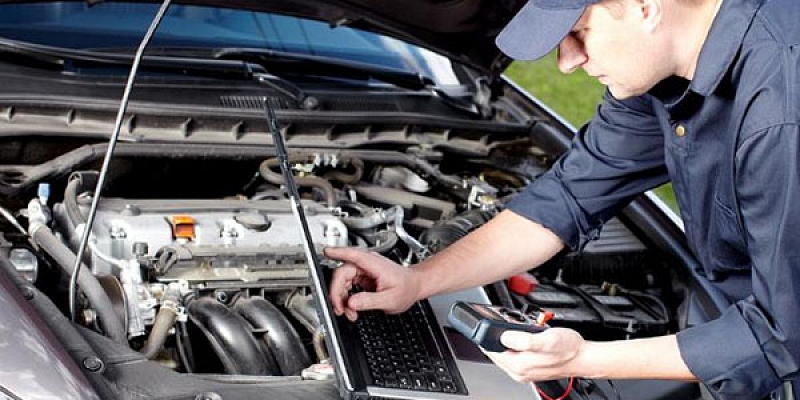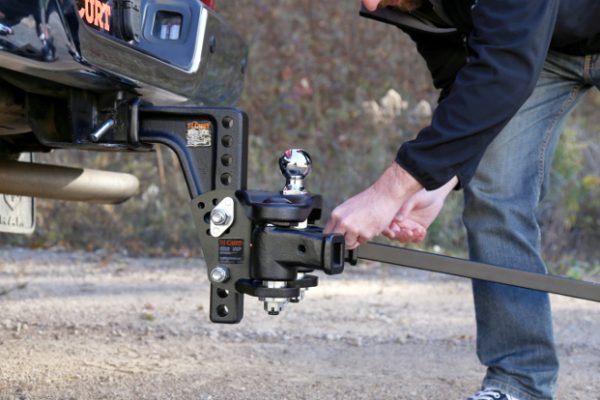Auto body repair is a necessary part of keeping your vehicle healthy. Whether dealing with damage caused by a collision or fixing minor dents, the right skills and tools are essential to the process.
Here are a few things to remember to help you make the most informed decision when choosing an auto body shop.
Table of Contents
Metal
Quality auto body repair shops use metal welding machines, sanding equipment, spray painters, and other tools to fix vehicles after collision. They also perform other tasks such as repairing and straightening frames, installing new moldings and trims, and performing detailed cleaning to ensure their work meets quality standards.
A good auto body shop in New York can restore a damaged car to its pre-collision state. They will also have the expertise to look beyond the apparent damage and find other issues that may affect your safety and the functioning of your car.
Quality repairs not only improve the appearance of your vehicle, but they will also increase its resale value and keep it in good condition for years to come. If you are looking for an auto body repair shop, choose one with a warranty on their services and a good reputation. Selecting a shop specializing in your vehicle’s make and model is also essential.
Paint
Weekly washings are vital to keeping your car looking its best. But paint is a vehicle’s mortal enemy—even with the best maintenance, splatters, and bird droppings can chip, fade and scratch.
A paint technician can repair these issues using spray painting and refinishing techniques. They can apply a clear coat to protect the paint and add luster.
An auto body repairer can work on the frames, doors, windows, and other parts of your vehicle’s shell or exterior. They can replace damaged panels, repair dents, and perform basic painting and refinishing. They may use pneumatic tools or plasma cutters to remove damaged areas and heavy-duty hydraulic equipment for major structural repairs. An experienced body repairer can restore your vehicle to its original look and meet safety standards. They can also help you with the insurance process and negotiate a fair repair price.
Panels
Scratches on your vehicle’s paint will happen no matter how carefully you drive. These scratches can ruin the overall look of your car and may need to be repainted. Auto body repairers are skilled in sanding, priming, and painting to match your car’s original color.
They also know how to restore damaged panels and frames to their original condition. The structure of your car is the foundation for everything else, so it needs to be in good shape. Auto body repairers check the frame for straightness, alignment, rust, stress fractures, and other problems.
Paintless dent removal is another common repair for surface dents that don’t damage the paint. This process involves using tools that don’t hurt or damage the color to pop the print out of its place. This can take about an hour per panel.
Plastics
Plastics are a critical component of the automotive industry. Without them, modern cars wouldn’t exist. From nylon fabric airbags to splinter-proof protective coatings for auto glass and even the fiberglass crumple zones that absorb impact during a collision, these supple rubberized components are essential to passenger safety and help reduce overall car weight, leading to greater fuel efficiency.
Unfortunately, many people forget to clean and protect the plastic trim and moldings on their vehicles’ interior and exterior. These uncoated surfaces are exposed to harsh UV rays, road salts, bugs, and other oxidizing contaminants that cause them to fade in color or become brittle over time.
Use a plastic trim restorer or protectant to remove and prevent these effects. Apply these products, like waxing, on all your vehicle’s painted surfaces. Just remember to select a safe product on soft and hard plastics, and use a microfiber cloth saturated with the protectant.





